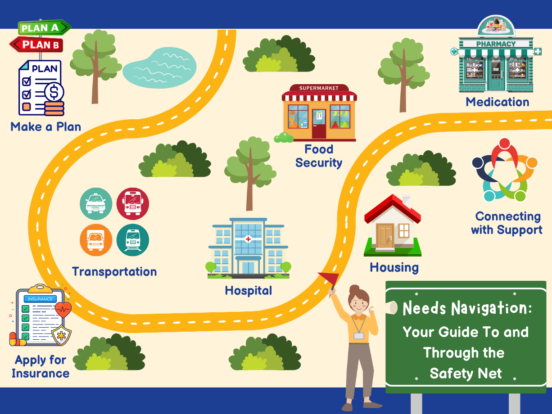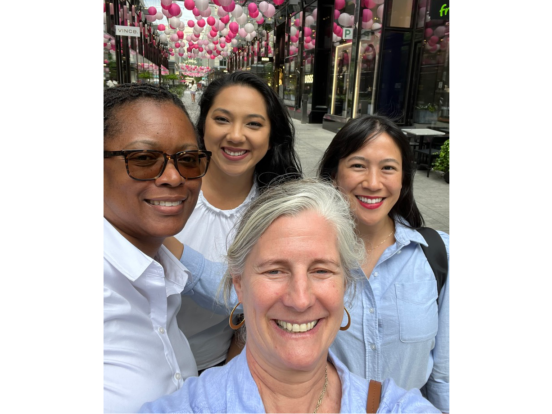
Using Patient Stories to Inform Advocacy
Hear from NPAF's resident narrative medicine expert on why stories are an important tool of advocacy.
By Christine Wilson
Stories are the way that we understand and share our experiences. Our stories are the heart and soul of advocacy, but to be most effective, we need to assure that our voices are heard collectively, not just individually. As powerful as it is, one story is an anecdote. Effective advocacy requires evidence.
During NPAF’s April 5th webinar, Gwen Darien, executive vice president for advocacy, joined Dr. Rachel Grob from the University of Wisconsin. Dr. Grob is a medical sociologist, caregiver and advocacy with UW’s Center for Patient Partnerships. During the webinar, Dr. Grob described the need for “rigorous approaches to knowing what patient experiences are.” We must, therefore, seek diverse voices, including those of people who are more likely to be quiet. “The squeaky wheel often gets the most attention and the results,” she reminded us, “but we need to make sure we hear the voices of those individuals and communities that are not always heard.”
At the Center for Patient Partnerships, Grob and her team are part of an international collaborative effort designed to bring “rich narratives” to a wide range of health care issues. Their first module focuses on depression in young adults, while their second study focuses on traumatic brain injury in veterans and will be available soon.
To see these studies and learn more about Dr. Grob’s work, please visit healthexperiencesusa.org. You can also see more of her via NPAF’s YouTube channel.


